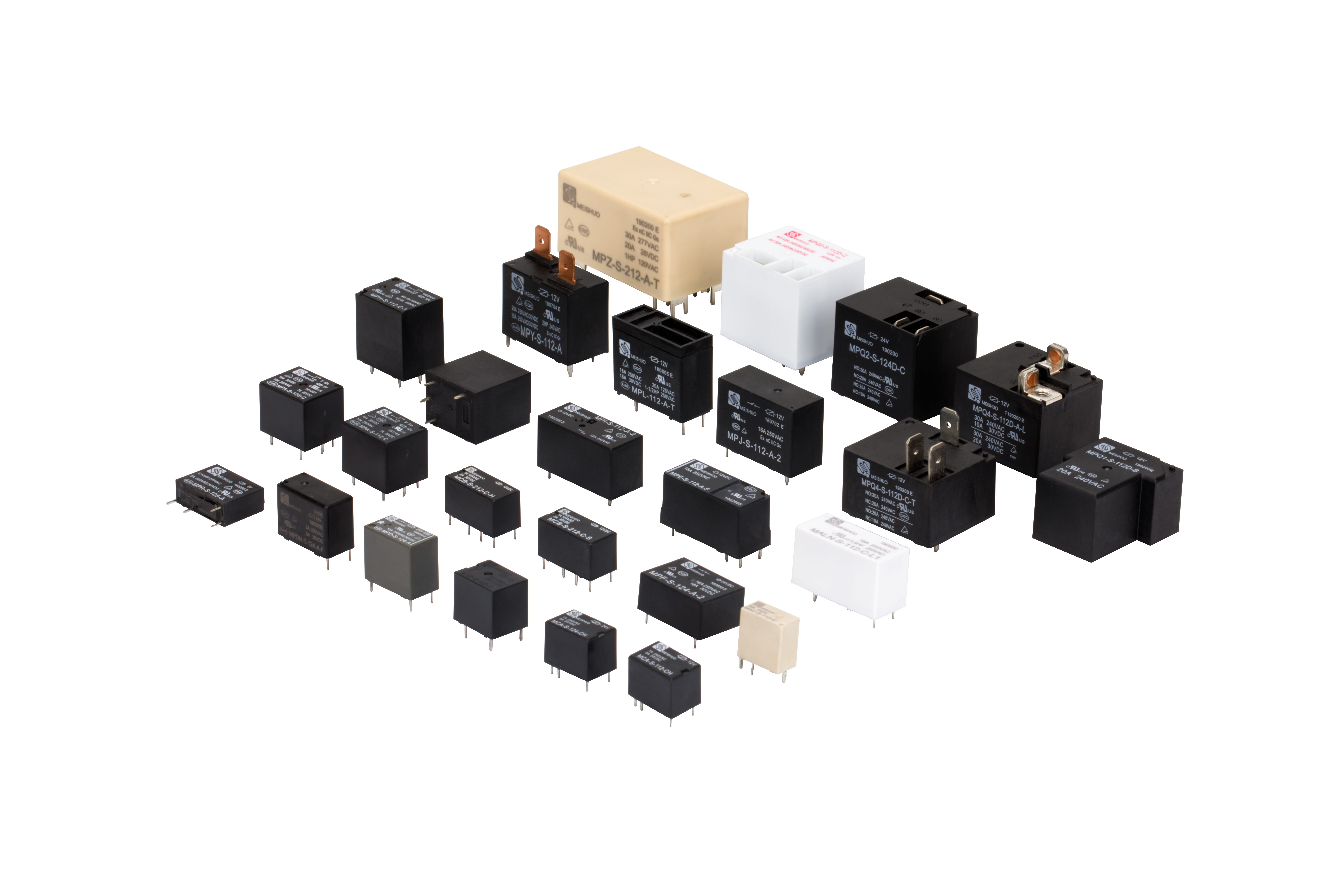understanding relay functions and the role of meishuo in enhancing performance
Release time:2025-05-09 17:14:54
Relay functions play an integral role in various systems, particularly in electrical circuits and communication networks. These functions are used to control and manage the flow of signals or electrical power, enabling systems to perform specific tasks efficiently. A relay is an electromagnetic switch that opens and closes circuits based on certain conditions or inputs. This capability makes relays indispensable in modern technology, particularly in industries that rely on automation, safety systems, and signal processing.

At the heart of relay functions is the concept of "switching." Relays can be activated by low-power signals, which in turn control higher-power circuits. This allows for the seamless operation of complex systems, as relays can serve as intermediaries between different components, ensuring that signals or electrical power are routed correctly. For instance, in an automated manufacturing process, a relay can trigger the activation of machinery when certain conditions are met, enhancing the efficiency and safety of the operation.
While relays are commonly found in electrical systems, their application extends far beyond this realm. In telecommunications, relays are used to amplify signals, making them crucial in ensuring the strength and clarity of communication over long distances. In computing systems, relays are employed to handle data flow, switching between different paths to optimize performance and prevent bottlenecks.


